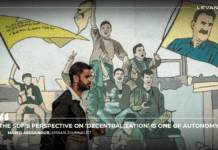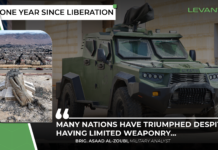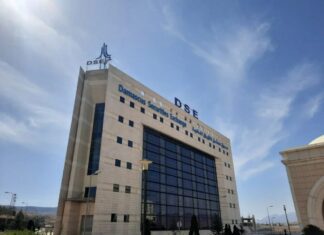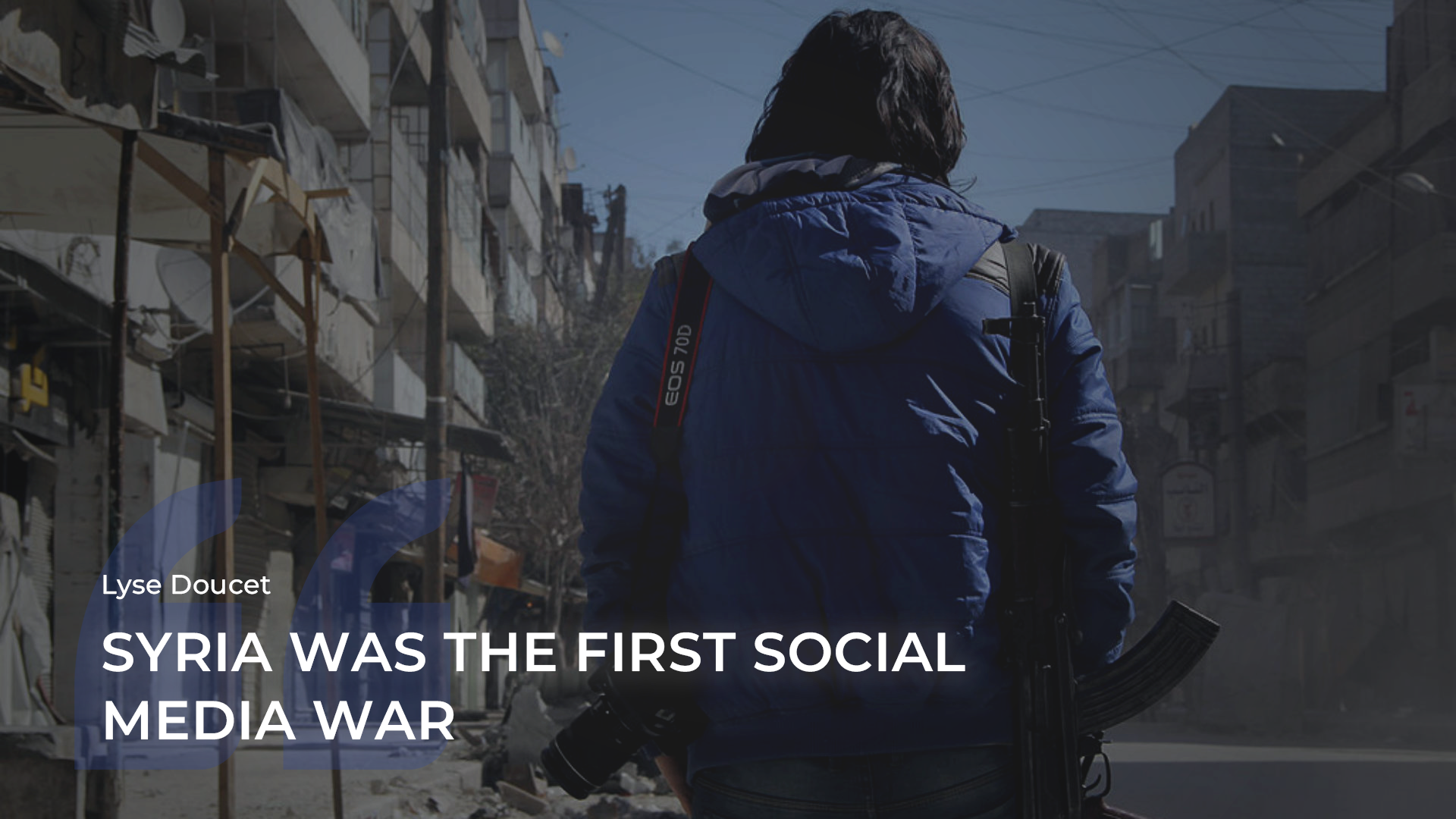
On a cold morning in March 2012, renowned war correspondent Marie Colvin found herself amidst the rubble of Baba Amr, a besieged district in Homs, Syria. Armed with just a satellite phone and a steadfast determination to reveal the truth, broadcasting live reports detailing the Assad regime’s relentless shelling of civilian areas. “I watched a little baby die today,” Colvin reported, her voice cracking with emotion. “Absolutely horrific… [Assad] is simply shelling a city of cold, starving civilians.”
Her courageous reporting was tragically cut short when she was targeted and killed by artillery fire shortly after, exemplifying the perilous journey journalists undertook to shed light on the atrocities unfolding in Syria. Yet, as the conflict intensified and access for international media became increasingly restricted, it was ordinary Syrian citizens who picked up their phones and cameras, stepping into the role of front-line reporters to ensure that the world’s eyes remained fixed on their struggle.
The transition from traditional media, often with close ties to the state, to digital platforms, played a critical role in shaping the narrative of the revolution, enabling real-time information dissemination and mobilizing global support. However, this same medium may have also contributed to crisis fatigue, as the constant barrage of violent imagery led to desensitization.
The Shift from Traditional Media to Digital Platforms
The Syrian Revolution saw a dramatic shift from traditional media to digital platforms, a transition driven by the urgent need to circumvent state-controlled narratives and communicate directly with the global audience. Traditional media outlets were often restricted by state censorship, slow to react, or limited in their ability to convey the immediacy of the events unfolding on the ground. In contrast, digital platforms like Facebook, Twitter, and YouTube allow for instant updates, enabling both local and international audiences to receive real-time information.
Fadel Abdul Ghani, founder of the Syrian Network for Human Rights (SNHR), spoke with L24 about the importance of digital media in human rights investigations. “Digital media, which is part of open sources, is a key resource that human rights institutions rely on in their investigations… These posts and what is shared on these digital platforms enhance investigations,” Abdul Ghani noted. He elaborates on how this information, once verified, strengthens the evidence base for human rights reports, ensuring that the documented violations and atrocities are backed by credible, corroborated data.
This rapid dissemination of information also mobilized international support, not only for human rights efforts, but their Syrian struggle against Assad. The global community, once reliant on slow and often sanitized reports from outlets that may be run by those killing their own people, now had access to raw unfiltered content. Videos and images of protests, brutal crackdowns, and the aftermath of bombings spread across the internet, often leading to immediate reactions from international activists and organizations and galvanizing support.
Ordinary Citizens as Front-Line Reporters
One of the most remarkable aspects of the Syrian Revolution was how ordinary citizens became frontline reporters. With smartphones in hand, these individuals documented the revolution in real-time, offering a raw, unfiltered perspective that challenged the often biased narratives presented by state-controlled media. This grassroots journalism provided a personal and immediate account of the conflict, bringing the realities of war into the global consciousness.
L24 spoke with Hussein Al-Tawil, a journalist and media activist, who started documenting the events of the Syrian Revolution spontaneously, driven by the urgent need to convey the reality on the ground. “Initially, I did not have prior media experience, but over time, I gained experience through practice and self-learning… Digital media became the primary means of conveying news to the outside world,” Al-Tawil explained. His work, like that of many other citizen journalists, was crucial in bypassing regime censorship and bringing the unfiltered truth to light.

Digital Media’s Influence on Global Perceptions
The global impact of digital media during the Syrian Revolution cannot be overstated. International activists and organizations utilized these platforms to amplify Syrian voices, driving awareness and garnering support for the cause. This was particularly important given the limitations of traditional media, which were often constrained by regime pressures and restrictions and a lack of on-the-ground presence.
Digital platforms allowed for the rapid spread of information, often accompanied by calls to action. This not only raised global awareness but also led to tangible actions, such as international campaigns and pressure on regimes to respond to the crisis. The visibility of the Syrian conflict on social media played a significant role in influencing international perceptions and policies, contributing to a broader understanding of the humanitarian crisis.
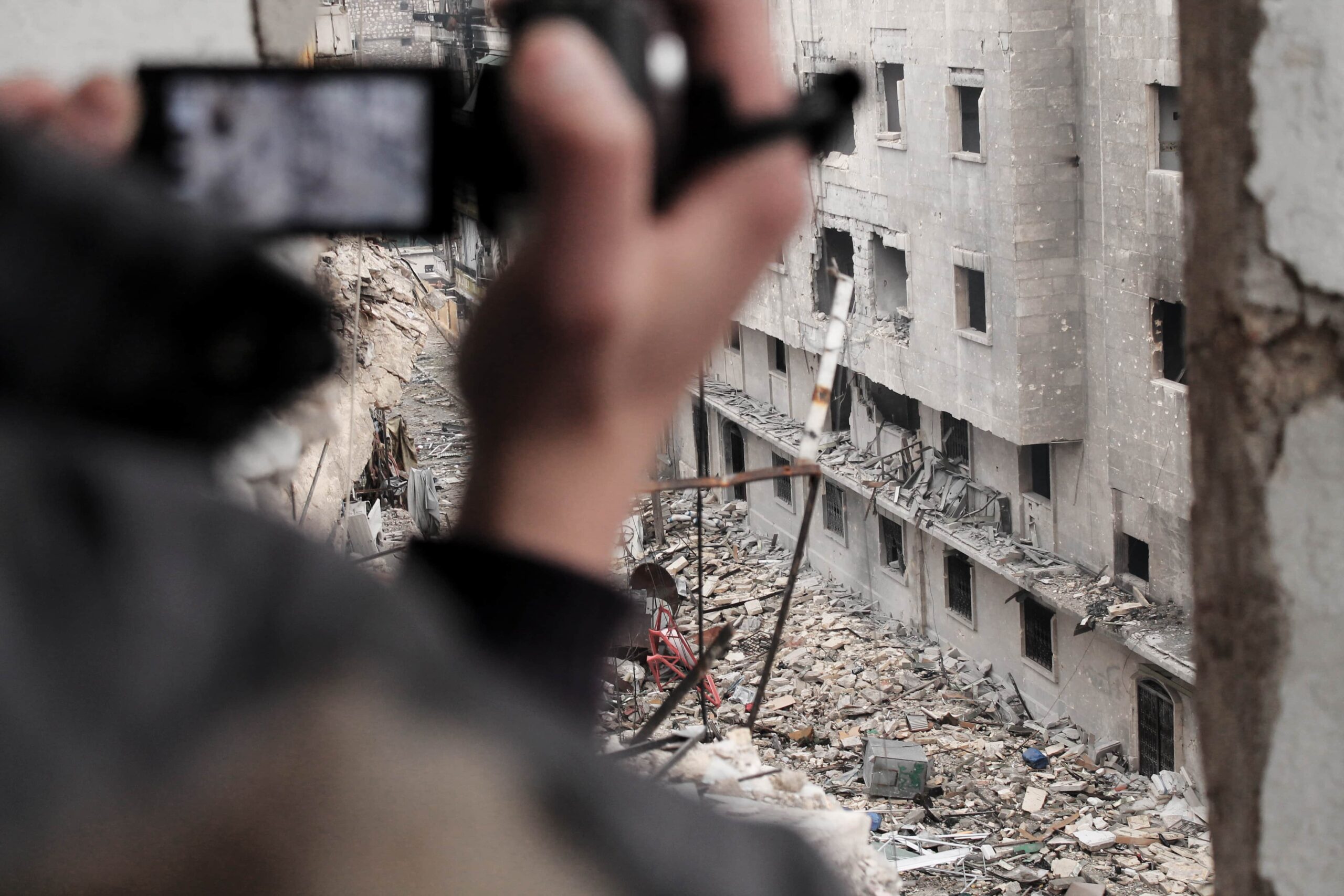
Media and Crisis Fatigue: The Double-Edged Sword of Digital Media
While digital media has been instrumental in raising awareness and mobilizing support, it has also contributed to a phenomenon known as “crisis fatigue.” The constant stream of violent images and news from Syria, often circulated without context or sensitivity, has led to desensitization among many. This emotional numbness can result in apathy, reducing the urgency to act against ongoing atrocities.
Dr. Ahmad Muwaffaq Zaidan, a journalist and political analyst, commented on this issue, stating, “With the continuation of ongoing wars, viewers gradually become bored over time… The best solution is to focus on specific cases, taking an important and distinctive situation and generalizing it to a prevalent phenomenon in society.” Zaidan suggests that to combat crisis fatigue, media outlets should focus on significant events and use them to highlight broader issues, keeping the public engaged without overwhelming them.

Al-Tawil acknowledges this dilemma, noting that “continuous exposure to violent scenes can lead to a form of emotional numbness and loss of sensitivity to violence.” The challenge, then, is to find a balance between raising awareness and avoiding overexposure leading to desensitization. Abdul Ghani suggests that instead of overwhelming audiences with constant imagery, there should be a focus on significant events, ensuring that the content remains impactful without becoming routine.
Crisis fatigue poses a significant challenge for both activists and human rights organizations, who must navigate the delicate balance of keeping the public informed and engaged while avoiding the pitfalls of overexposure, which can diminish the impact of their message and reduce the likelihood of meaningful action.
Crisis Continues in Current Conflicts
The desensitization that began with Syria has continued into other conflicts, with Gaza being a current example. After nearly a year and over 40,000 deaths, the global community risks normalizing such violence, numbed by the relentless stream of horrifying images. The challenge now is to prevent this cycle from continuing, ensuring that these images serve as calls to action rather than just another news item.
Dr. Zaidan emphasizes the importance of leveraging social media platforms to shape public opinion and maintain global awareness. “A media professional and advocate for a cause must pay attention to global events in general. Conducting a comparison between their issue and major issues that occupy public attention is essential for marketing their cause.” This strategy can be seen in how the situation in Gaza has been highlighted, drawing parallels with Syria to keep the global audience engaged.
As BBC chief international correspondent Lyse Doucet noted, “Vietnam was the first television war. Syria was the first social media war.” The lessons learned from Syria will undoubtedly shape how future conflicts are reported and understood in the digital age, where the battle for truth is waged not just on the ground, but across digital platforms worldwide.

